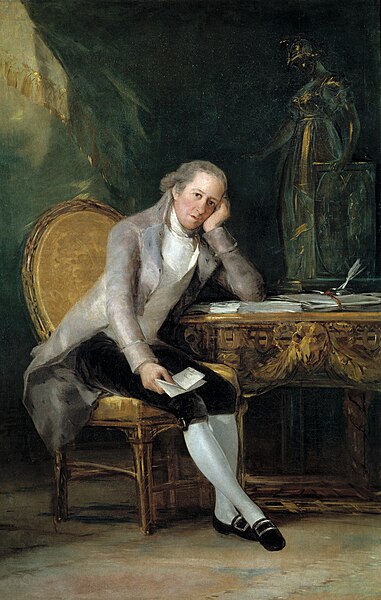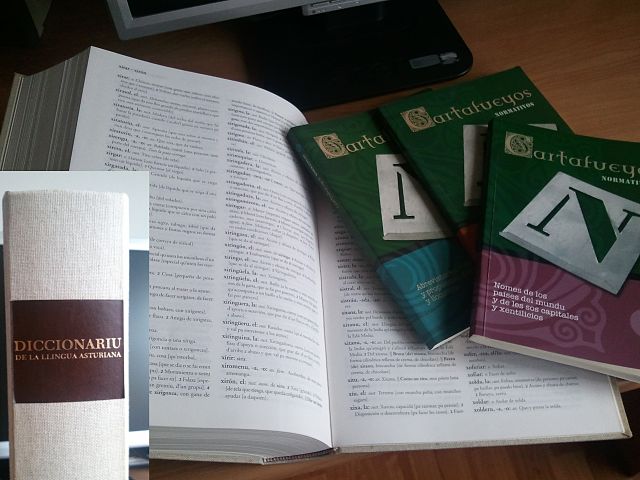Galician–Asturian or Eonavian is a set of Romance dialects or falas whose linguistic dominion extends into the zone of Asturias between the Eo River and Navia River. The dialects have been variously classified as the northeastern varieties of Galician, as a linguistic group of its own, or as a dialect of transition between Galician and Asturian, an opinion upheld by José Luis García Arias, the former president of the Academy of the Asturian Language (ALLA).
Vowel system in Eonavian.
Monastery of Oscos Apse
Asturian is a West Iberian Romance language spoken in the Principality of Asturias, Spain. Asturian is part of a wider linguistic group, the Asturleonese languages. The number of speakers is estimated at 100,000 (native) and 450,000. The dialects of the Astur-Leonese language family are traditionally classified in three groups: Western, Central, and Eastern. For historical and demographic reasons, the standard is based on Central Asturian. Asturian has a distinct grammar, dictionary, and orthography. It is regulated by the Academy of the Asturian Language. Although it is not an official language of Spain it is protected under the Statute of Autonomy of Asturias and is an elective language in schools. For much of its history, the language has been ignored or "subjected to repeated challenges to its status as a language variety" due to its lack of official status.
19th-century sketch of 17th-century author Antón de Marirreguera
Jurist and neoclassical author Gaspar Melchor de Jovellanos (1744–1811), who envisaged the Academy of the Asturian Language
Asturian dictionary, published by the Academy of the Asturian Language





